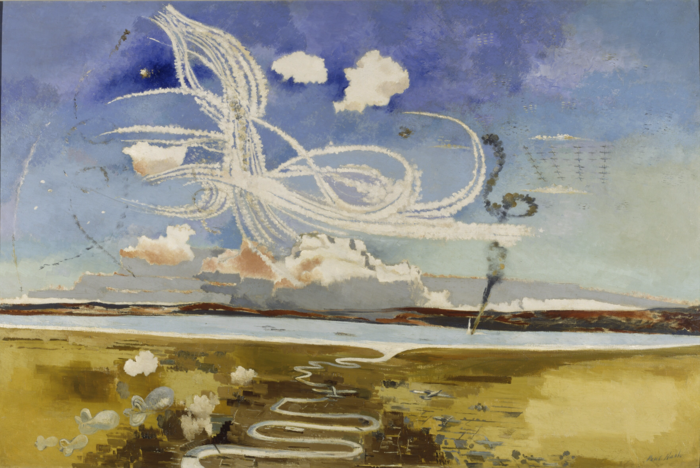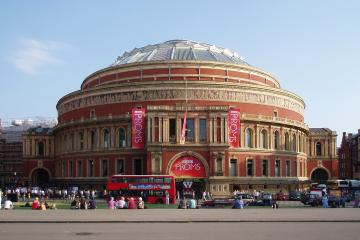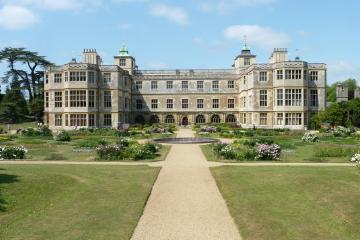In Memoriam - British Artists in WW1. Laughter and Loss - British Artists in WW2. WW2 - Art and the war at Sea
In 1916 the first official war artists were appointed, initially to record aspects of the war effort, but as the conflict continued, painters became increasingly anxious to communicate the horror of what they witnessed. Paul and John Nash, John Singer Sargent and others created, deeply affecting works that have served ever since as memorials to the lost. Created a decade later, Stanley Spencer’s murals for the Sandham Memorial Chapel are more extraordinary still.
In 1939 Kenneth Clark persuaded the government that the nation’s foremost artists should be employed as war artists. While Graham Sutherland and Henry Moore portrayed the living nightmare of the Blitz, Laura Knight celebrated the role of women in wartime industries and Eric Ravilious showed the strange beauty of coastal defences and aerodromes. Exhibited in Britain and abroad, such works boosted morale and helped convince neutral countries to support us.
During WW2, The artist, Muirhead Bone, explored life at sea. Anthony Gross and Eric Ravilious were war artists who made perilous journeys aboard troop ships voyaging to the Cape or warships bound for Norway. At regular exhibitions of war art around Britain, people could see what life was like aboard a submarine, on a trawler in the North Atlantic, in the engine room and the chain locker, as well as on the bridge. Shipwreck and rescue were also shown
OTHER EVENTS
Aston Rowant pick up at 9.10am
Guided tour of the Albert Hall and then visit to V&A Fragile Beauty Photographic Exhibition
Visit magnificent Audley End, near Saffron Walden, and enjoy a talk and private view of works exhibited at the nearby Fry Art Gallery





